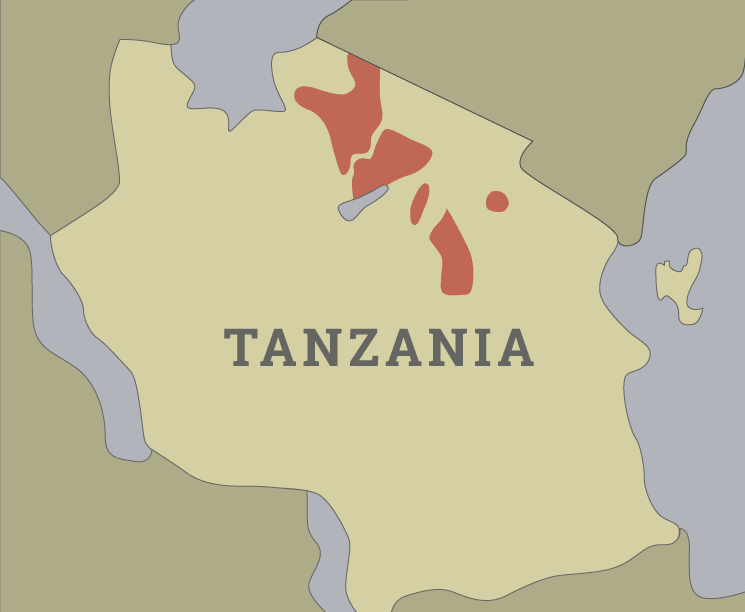| Jan |
Green Season |
YES |
60 - 85 F
Mostly sunny with few showers |
Leopard, Lion, Giraffe, Impala, Buffalo, Hippo |
| Feb |
Green Season |
YES |
60 - 85 F
Mostly sunny with few showers |
Leopard, Lion, Giraffe, Impala, Buffalo, Hippo |
| Mar |
Green Season |
YES |
60 - 83 F
Mostly sunny with few showers |
Leopard, Lion, Giraffe, Impala, Buffalo, Hippo |
| Apr |
Green Season |
YES |
60 - 83 F
Mostly sunny with few showers |
Leopard, Lion, Giraffe, Impala, Buffalo, Hippo |
| May |
Northward Migration |
YES |
56 - 81 F
Mostly sunny |
Leopard, Lion, Giraffe, Impala, Buffalo, Hippo, Possibility of the Wildebeest Migration in mid to late May |
| Jun |
Beginning of Dry Season |
YES |
56 - 81 F
Mostly sunny |
Wildebeest Migration, Zebra Migration, Thomson's Gazelle Migration, Cheetah, Leopard, Lion, Giraffe, Buffalo, Hippo |
| Jul |
Dry Season |
YES |
60 - 83 F
Mostly sunny |
Thomson's Gazelle Migration, Cheetah, Leopard, Lion, Giraffe, Impala, Buffalo, Hippo |
| Aug |
Dry Season |
YES |
55 - 81 F
Mostly sunny |
Thomson's Gazelle Migration, Cheetah, Leopard, Lion, Giraffe, Impala, Buffalo, Hippo |
| Sep |
Dry Season |
YES |
55 - 81 F
Mostly sunny |
Thomson's Gazelle Migration, Cheetah, Leopard, Lion, Giraffe, Impala, Buffalo, Hippo |
| Oct |
Dry Season |
YES |
60 - 83 F
Mostly sunny |
Thomson's Gazelle Migration, Cheetah, Leopard, Lion, Giraffe, Impala, Buffalo, Hippo |
| Nov |
Southward Migration |
YES |
60 - 83 F
Mostly sunny with few showers |
Leopard, Lion, Giraffe, Impala, Buffalo, Hippo, Wildebeest Migration, Zebra Migration |
| Dec |
Beginning of Green Season |
YES |
60 - 83 F
Mostly sunny with few showers |
Leopard, Lion, Giraffe, Impala, Buffalo, Hippo |

































